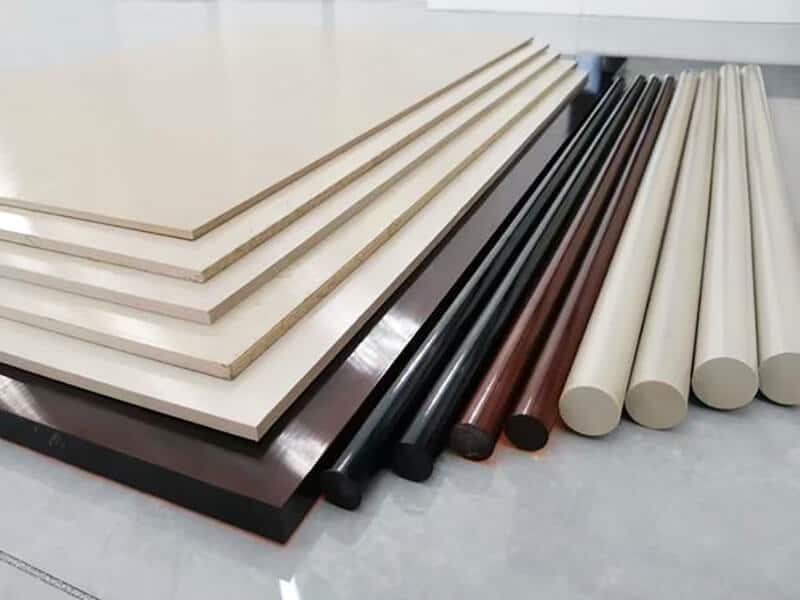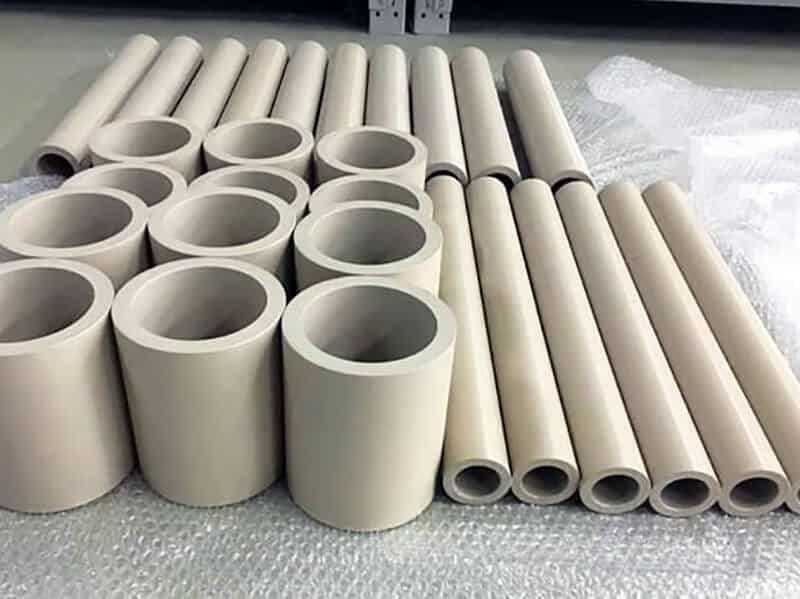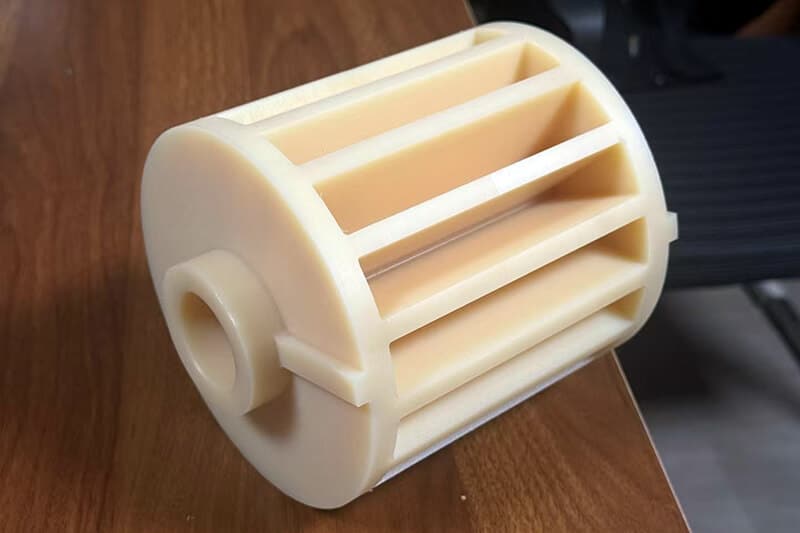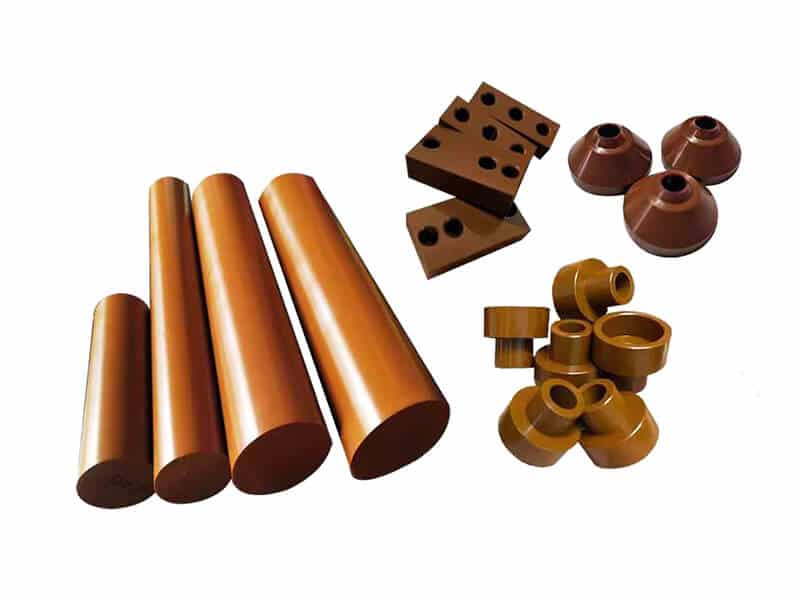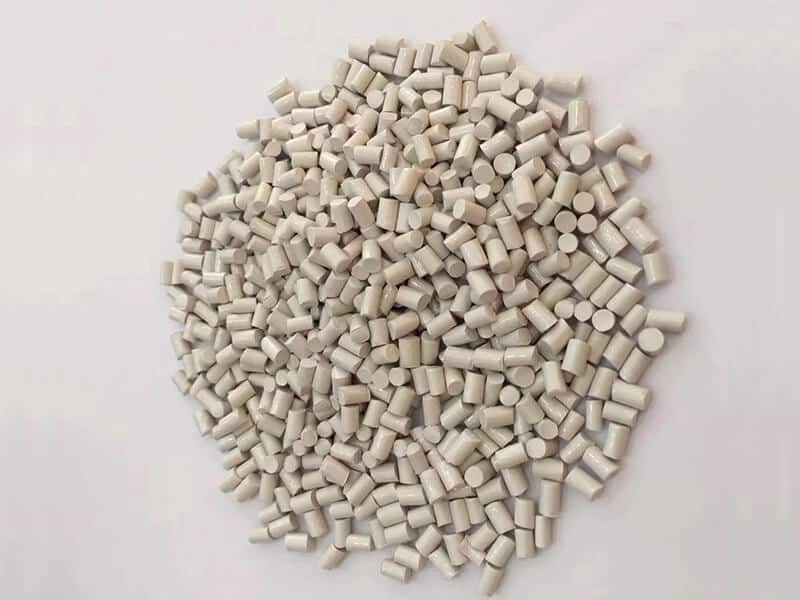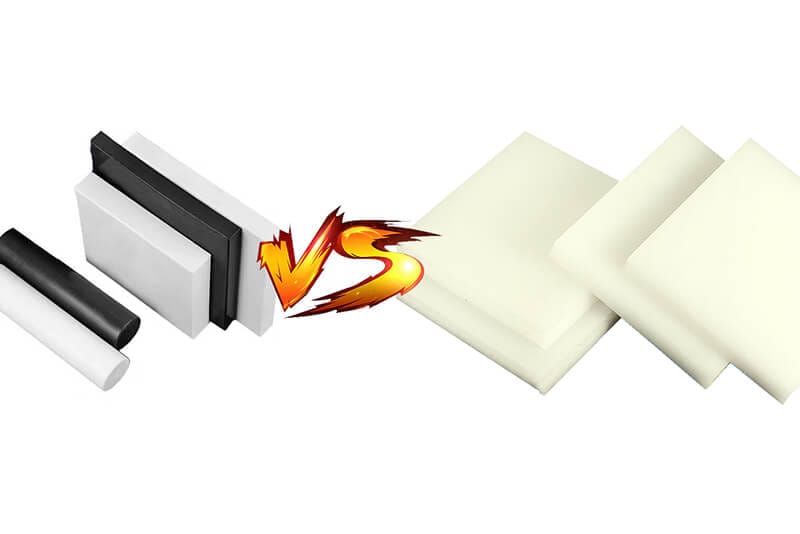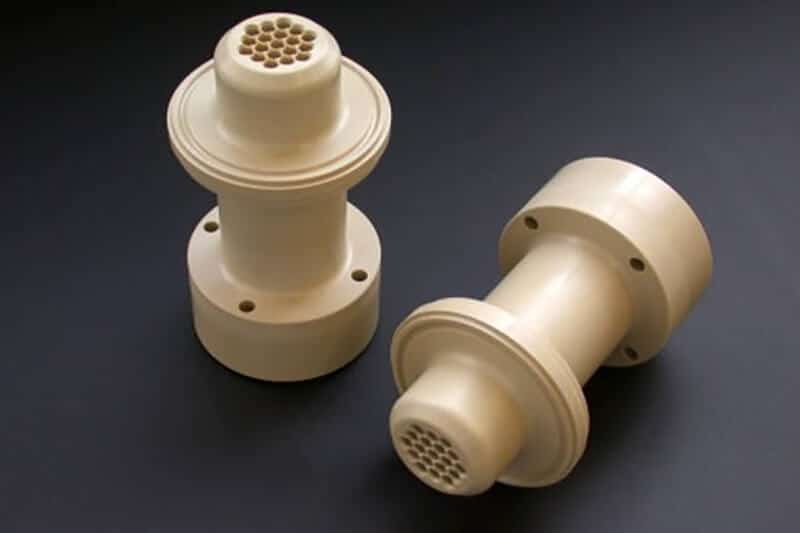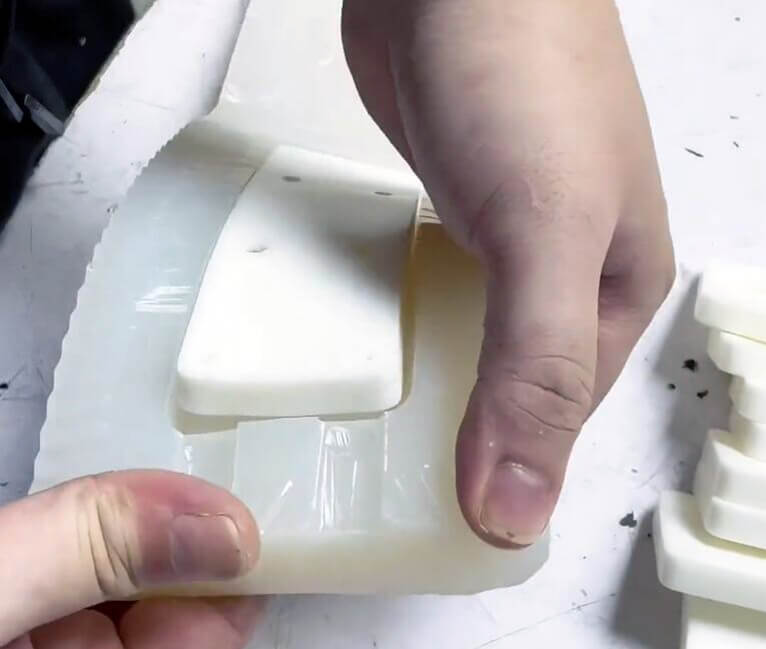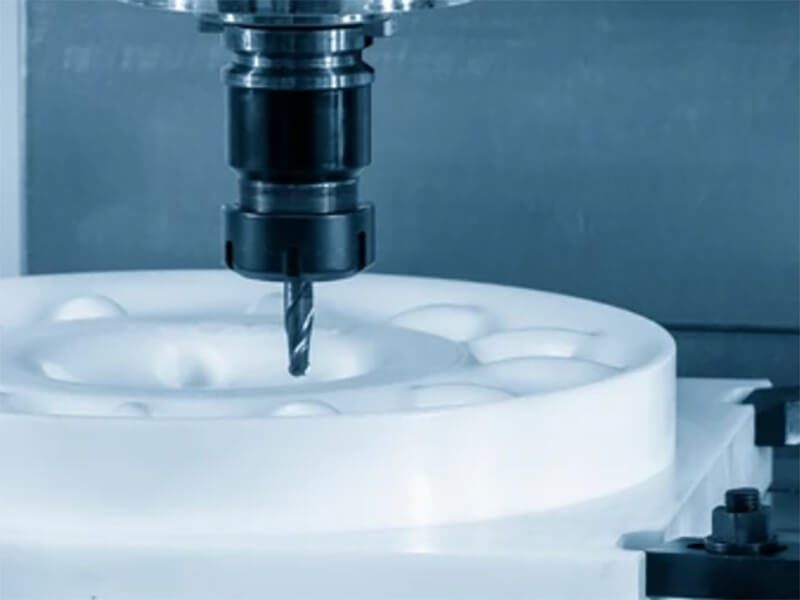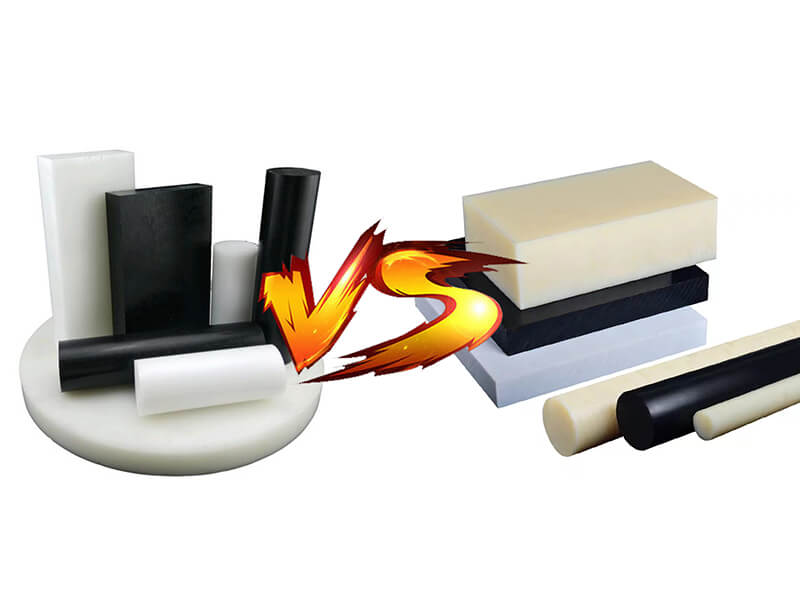Is PEEK Plastic Stronger Than Steel? Here Is The Breakdown!
Is Peek stronger than steel? Find out how Peek is compared in strength, toughness, and durability with steel in various applications.

When we think about strong materials, stainless steel comes first! However, PEEK plastic is also a high-grade thermoplastic that is gaining enough attention in the manufacturing industry for its impressive strength. So there is always a rising question: Is PEEK plastic stronger than steel?
PEEK plastic has high-quality physical properties and robust chemical and thermal resistance. It is used in various industries, including aerospace and medical technology. Its lightweight and resistance to hydrolysis make it a replacement for metals in various precision-engineered components.
But is it truly stronger than steel? This guide will disclose the truth and help you make informed decisions.
Stainless Steel vs. PEEK: Which is Stronger?
Stainless steel stands out for its superior strength. Let’s check out some important things, like how strong it is and how long it lasts compared to Peek.
Tensile Strength
The tensile strength of PEEK typically ranges from 170 MPa. It tells us that PEEK can withstand a pulling force of 170 million before it starts to break or crack. This makes it an ideal choice to use in aerospace components, medical devices, or automotive parts.
On the contrary, stainless steel has a tensile strength that is up to 620 MPa for grade 309 steel. In addition to this, grade 303 steel has 690 MPa tensile strength. This means that, overall, it is much stronger than PEEK. If you try to pull the PEEK too hard, it may snap, but steel won’t.
Heat Resistance
Stainless steel is strong enough to withstand super high temperatures up to 2,000°F easily. At this extreme temperature, it performs super well without getting weaker or breaking. This is because it contains special metals like chromium and nickel that keep it strong even when it’s really hot or the temperature changes quickly.
On the other hand, PEEK is a high-grade thermoplastic that can handle temperatures up to 289°F, and its melting point is 343°C or 662°F.
Beyond that temperature range, it can deform or melt. So, stainless steel is a better option for applications if you need a material with extreme temperature tolerance.
Chemical Resistance
When you compare the chemical tolerance between stainless steel and PEEK, you will see that both materials stand well. Both materials are chemical-resistant, but stainless steel performs better in this case.
PEEK is highly resistant to acids and different kinds of solvents. It also works against hydrocarbons, ethers, esters, ketones, and alcohols. However, the only limits to PEEK are with sulfuric and nitric acids and solvents like DMSO.
Coming to stainless steel is characterized by particularly high resistance to chemicals. It comprises at least 12% of the weight of chrome and a maximum of 1.2% of carbon, which gives it stability in a highly chemical environment. Furthermore, this passive layer makes it highly resistant to corrosion and suitable for any application.
Weight Considerations
Stainless steel is a much heavier material than PEEK. Compared to steel, PEEK is a lightweight thermoplastic with a high strength-to-weight ratio, which is almost similar in strength to aluminum. Besides, stainless steel is a super durable and high-strength material. It is a good option for high-stress applications.
If weight matters in your application and you’re looking for something lightweight with good stability, PEEK is the best suggestion there. When you need a material for high-pressure applications, stainless steel wins.
Durability and Toughness
PEEK is a strong and stiff thermoplastic material with high elongation and toughness compared to other thermoplastics. It shows high flexibility and can easily stretch or bend without breaking or damaging.
The pure raw PEEK material is even more resistant than the filled one. It can handle a lot of force or pressure and won’t easily break. Stainless steel has excellent toughness at all temperatures.
However, it is generally dependent on temperature and increases with increasing temperature. PEEK is a softer and less durable plastic. Though it shows impressive toughness, it’s not in the range of steel.
Load-Bearing Capability
Young’s modulus of elasticity of PEEK is 3.6 gigapascals, whereas grade 304 stainless steel has 90 gigapascals. Young’s modulus is the measurement in the manufacturing world that shows how stiff a material is.
That means stainless steel is a much stiffer material and can handle heavy loads without any damage or changing shape. With the increase in pressure, it can bend but won’t break.
But PEEK shows the opposite results. Though its modulus is good, it’s not as high as steel. It has chances to crack or break instead of just bending with increased loads.
Tips to Optimize PEEK Performance in Your Engineering Projects
Though PEEK is not as strong as steel, it has its own special uses. Here are some helpful tips to improve PEEK’s performance in your engineering projects.
1. Keep PEEK Clean and Dry
PEEK tends to soak up water from the air naturally, which can make it weaker. So the best is to keep it clean and dry as much as you can. You must use gloves when you are handling it.
2. Use the Right Tools
When you are working with PEEK, make sure you are using the right tools for manufacturing. Use sharp tools that are designed for cutting hard materials. Also, make sure to apply lots of coolant to keep it sturdy.
3. Mind the Temperature Range
With changing temperatures, PEEK usually starts stretching and shrinking. That can be a problem if you are processing it for a special application. For instance, you need to maintain the right temperature range that won’t change its size.
4. Pick the Best Way to Shape It
You can shape the PEEK in various ways, like machining or molding. Choose the process depending on what you want. If you just need a few parts or a prototype, machining is better. However, to make a lot of similar parts, go for molding.
5. Consider Post-Processing
After you have worked with the PEEK, post-processing also matters. Ensure that you follow proper post-processing steps to relieve its pressure. Polishing, sanding, and coating should also be considered to make the PEEK smoother.
Final Words
PEEK is a perfect material for Heat, Chemical, and Impact Resistance, but the cost is very high. Nowadays, there are many suppliers of PEEK plastic. Their quality and price are different.
Do you want to find a trustworthy supplier? If yes, contact UVTECO. We stock PEEK sheets/rods/tubes for fast delivery to global clients. In the meantime, we can machine PEEK Components according to your drawings.
Related Blogs

Looking for a trustworthy Supplier
Need a Trustworthy Supplier of Plastic, Foam, Sponge, Rubber, Metal, and Machining Solution. Click the Button, We Will Be In Touch With You As Quickly As Possible.



